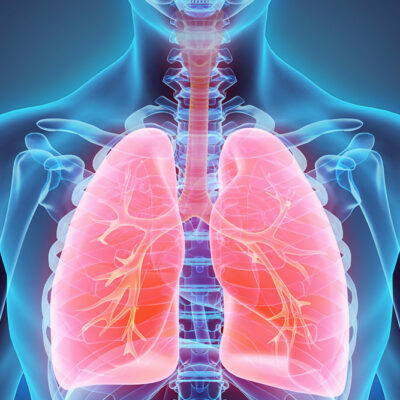
Health
5 Common Symptoms of Narcolepsy
Narcolepsy is characterized as a type of neurological disorder that impacts the area of the brain responsible for wakefulness and sleep control. Narcolepsy occurs in intermittent, uncontrollable “sleep attacks”, which cause extreme fatigue and even cause the narcoleptic to suddenly fall asleep throughout a day, regardless of time or activity level. For instance, a narcoleptic could suffer a sleep attack during a morning work presentation or when driving home from work. Most narcoleptics remain undiagnosed and untreated. However, diagnosis almost always follows up with a prescription for Sunosi, Xyrem, or Provigil to help manage the production of wake and sleep chemicals (chemical hypocretin deficiency). REM sleep can be greatly disturbed and negatively impacted. To be diagnosed as narcoleptic, one of the following warning signs of narcolepsy, ranging from mild to severe, must be present. Only a small portion (less than a third of patients) of narcoleptics have all of the five following symptoms: 1. Cataplexy Cataplexy is described by medical professionals as muscle weakness experienced during wakeful periods. Cataplexy can strike the entire body or specific muscle areas, causing weakness in the knees, sudden loss of grasping so you drop whatever you’re holding, or even entire loss of muscle control that affects the entire body, causing the patient to fall down.
Read More 














